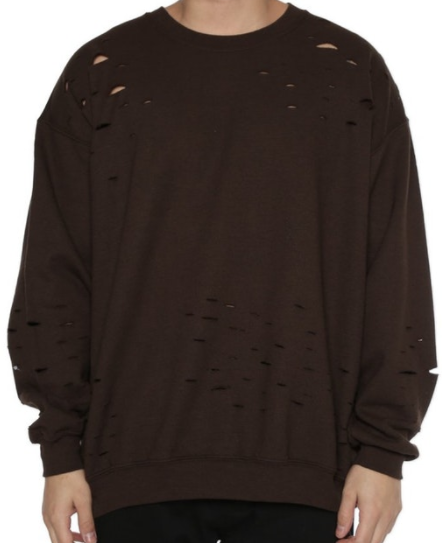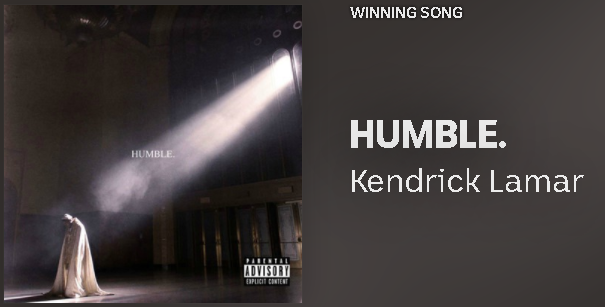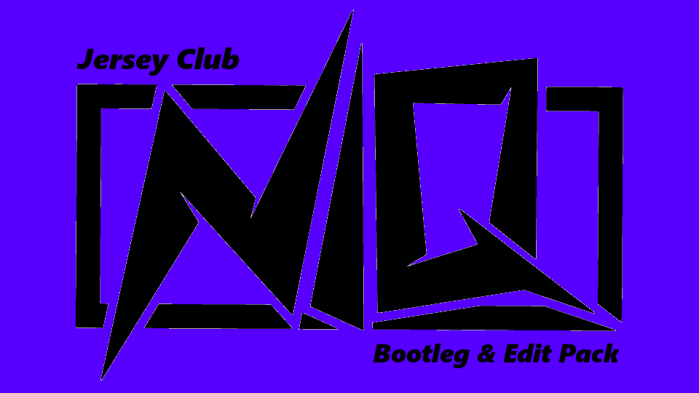What makes something mainstream?
“Mainstream is what’s the new trend. when one “style” gets old, a new one is reborn, a mainstream person is someone who jumps from trend to trend so that they fit in with the rest of the crowd. Mainstream is being what society thinks you should be and look like.” (Pormann, 2003)
Trending mainstream
Kanye West selling shirts that have rips in it and making it a worldwide fashion trend

A musical example of this is:
When someone plays a new hit song then when someone else plays that same song a few months later, you’ll hear that it’s old, overplayed and, outdated.



What is cultural appropriation?
The act of taking or using things from another culture that is not your own, especially without showing that you understand or respect this culture (Blatchford, 2018).
Cultural Appropriation- “Dark Horse”
Katy Perry released her music video for “Dark Horse” dressed in Egyptian themed clothing and although she’s not Egyptian nor does the song have anything to do with it, it still can be found offensive to some.
Although there are many other times that Katy Perry has had cultural appropriation issues, she formally came out and said that she never knew about what it was until someone had explained to her why wearing her hair the way she did in the music video “This is how we do” or why her outfit for the AMA’s in 2013 was classified as “racist”.
“I’ve made several mistakes. Having a hard conversation with one of my empowered angels, Cleo [Wade, her stylist], about why I can’t wear my hair that way, or what is the history behind wearing the hair that way. And she told me about the power in black women’s hair and how beautiful it is, and the struggle. And I listened, and I heard and I didn’t know.” (Woodward, 2017)
Watch the interview here: http://www.nme.com/news/music/katy-perry-apologises-cultural-appropriation-2087931
Katy Perry’s Backlash
It is obvious that Cultural Appropriation has been showcased throughout these 2 examples and many more within a mainstream pop culture. Katy Perry’s “Dark Horse” music video was released in 2014 and has racked in 2.2 billion views to date. As a pop star, that’s pretty successful.
However following the video she was criticised for not taking the time to fully understand and appreciate a particular culture. Katy Perry may genuinely love hip-hop, drag culture, Japanese culture, Egyptian culture, and Hinduism but there is no doubt she has been accused of not taking time to understand the deeper meanings and respect of these cultures (Mechanic, 2017).
People have also criticised the pop singer for simply for taking what she wants from various cultures, sugar coating it with pop rhythms and rhymes, and creating a Billboard hit. Without truly understanding the cultures she is borrowing from, she is exploiting them for profit and nothing else. She is not helping to promote cultural understanding or honouring the cultures she borrows from in any way (Castro, 2017).
Cultural Appropriation- “Bounce”
Iggy Azalea released her song “Bounce” in 2013 and was seen dressed in a range of traditional Indian and Bollywood inspired outfits as well as incorporating Bollywood style dance moves throughout the music video. Iggy Azalea is a rap artist and does not produce Indian style music so when incorporating these outfits and dance moves to a more pop style song it was seen as very offensive to the culture.
Iggy herself claimed that she wanted to be traditional and respectful to the culture when creating the video but it did gain her some negative attention.
Iggy Azalea’s Backlash
Many did take offence to Iggy Azalea’s video as they saw it as ignorant and offensive to the traditional Indian culture. Much like Katy Perry’s “Dark Horse” people also saw this as disrespectful and only a way to gain attention and popularity for the Aussie rapper.
Considering this was Iggy’s 2nd single release it was extremely risky for the artist as she did receive a wide range of offended backlash towards the video although she claimed:
“The idea behind (filming in India) is basically seeing all the big-budget old videos, and seeing how the landscape in the last few years has changed and has become so do it yourself, there;s something great about those videos because their fantasy and escapism and that’s what music’s supposed to be, an escape from your life” (Iggy Azalea Hardknock TV Interview, 2013).
Conclusion
Cultural appropriation is an extremely important factor, especially within mainstream media. Whether you are a pop icon creating a music video or writing lyrics to a song there are and should be boundaries that can decrease the risk of something popular being released and receive major backlash for it whilst also offend several different audiences due to cultural appropriation. Many cultures exist and should not be utilised it to gain attention across mainstream media but instead understood by the artists and reconsidering their creative ideas before they go and release something to a wide range of audiences.
Bibliography:
Castro, V. (2017). diversitycouncil. [online] diversitycouncil. Available at: https://www.diversitycouncil.org/single-post/2017/05/30/The-Dark-Horse-of-Cultural-Appreciation [Accessed 28 Feb. 2018].
Mechanic, J. (2017). Katy Perry’s Cultural Appropriation Meat Grinder. [online] HuffPost. Available at: https://www.huffingtonpost.com/entry/examining-katy-perrys-cultural-appropriation-meat_us_592464ebe4b0e8f558bb2a3a [Accessed 28 Feb. 2018].
Pormann, E. (2003). Urban Dictionary: Mainstream. [online] Urban Dictionary. Available at: https://www.urbandictionary.com/define.php?term=Mainstream [Accessed 27 Feb. 2018].
Woodward, E. (2017). Katy Perry Addressed Her Cultural Appropriation And Things Escalated. [online] BuzzFeed. Available at: https://www.buzzfeed.com/elliewoodward/katy-perry-addressed-cultural-appropriation-and-people-have?utm_term=.unXkJ8YPV#.trjXWrqlm [Accessed 27 Feb. 2018].
